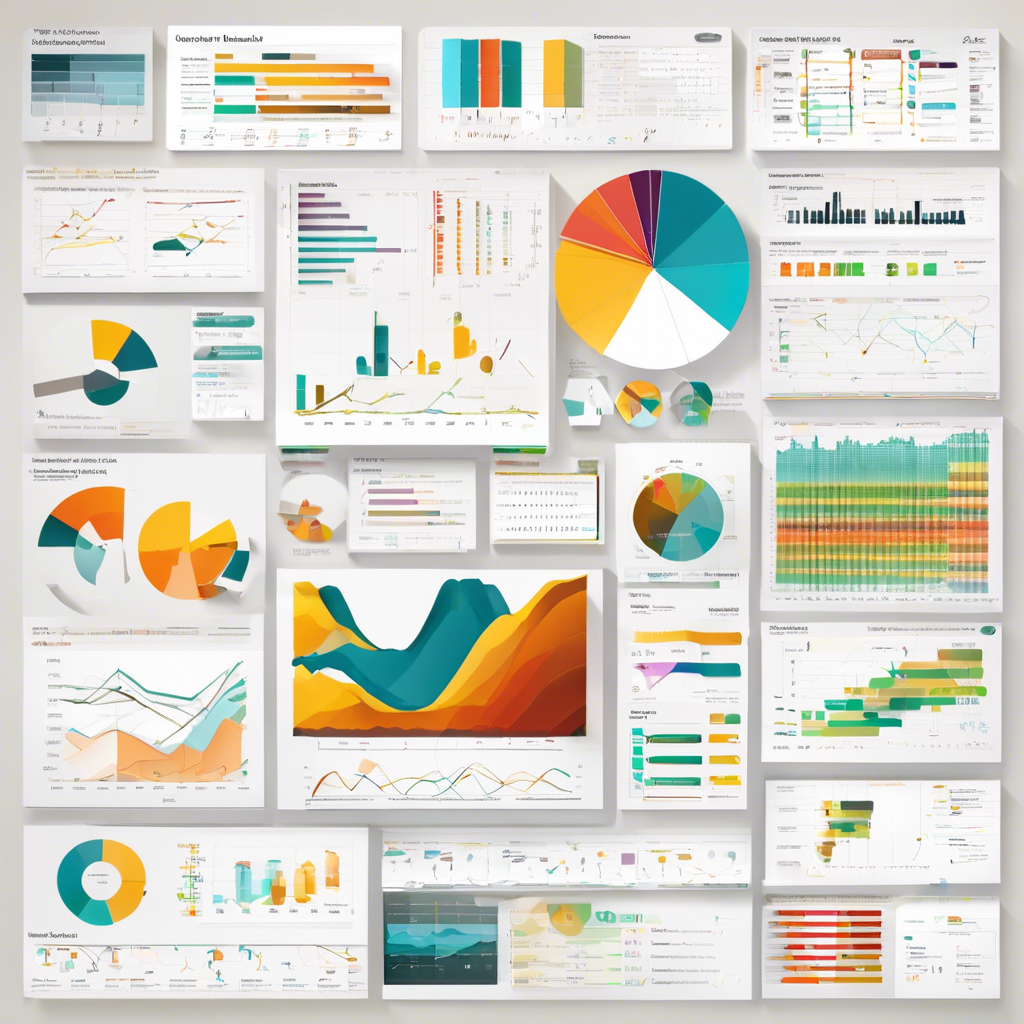Data visualization tools are essential in today’s data-driven world. These tools help individuals and organizations make sense of complex data sets by transforming them into easily understandable visual representations. From simple charts and graphs to interactive dashboards and maps, data visualization tools play a crucial role in analyzing and communicating information effectively. In this article, we will explore the importance of data visualization tools, popular types of tools available, and how they can benefit businesses and individuals.
One of the key advantages of using data visualization tools is the ability to identify patterns and trends in data quickly. By representing data visually, users can spot correlations, outliers, and relationships that may not be apparent in raw data. This can lead to valuable insights and informed decision-making across various industries, including finance, marketing, healthcare, and more.
There are various types of data visualization tools available, each catering to different needs and preferences. Common types include bar charts, line graphs, pie charts, scatter plots, heat maps, and more. These tools can be static or interactive, allowing users to customize and manipulate data visuals based on their requirements.
Interactive data visualization tools are particularly popular as they enable users to explore data dynamically. With features like filtering, drilling down, and zooming in, users can delve deeper into the data and extract relevant information efficiently. Interactive dashboards, in particular, provide a comprehensive overview of data metrics and KPIs in real-time.
Data visualization tools are widely used in business settings to track performance, monitor trends, and make data-driven decisions. For example, marketing teams can use these tools to analyze campaign results, sales teams can track revenue growth, and executives can visualize key performance indicators (KPIs) at a glance. This helps organizations stay agile and responsive to changing market conditions.
In addition to business applications, data visualization tools are also valuable in academia and research. Scientists, researchers, and educators use these tools to present findings, analyze data sets, and communicate complex information effectively. By visualizing data, researchers can convey their discoveries in a compelling and accessible manner.
With the rise of big data and advanced analytics, the demand for sophisticated data visualization tools has increased. Modern tools leverage technologies like artificial intelligence (AI), machine learning, and augmented reality to create immersive and insightful data visuals. These tools empower users to uncover hidden patterns and insights within vast data sets.
Data visualization tools also play a crucial role in storytelling and data journalism. Journalists and content creators use these tools to present data-driven stories in a compelling and engaging way. By incorporating interactive visuals and infographics, journalists can enhance the impact of their reporting and make complex information more accessible to readers.
In the era of social media and digital content consumption, data visualization tools are indispensable for creating shareable and engaging content. Infographics, charts, and interactive maps are highly effective in capturing audience attention and conveying information concisely. Brands and media outlets leverage these tools to produce visually appealing content that resonates with their target audience.
As data becomes increasingly central to decision-making and problem-solving, the role of data visualization tools will continue to expand. These tools enable individuals and organizations to navigate the vast amounts of data available today and derive meaningful insights from it. Whether for business analytics, research purposes, or storytelling, data visualization tools are essential for making data accessible and actionable.
